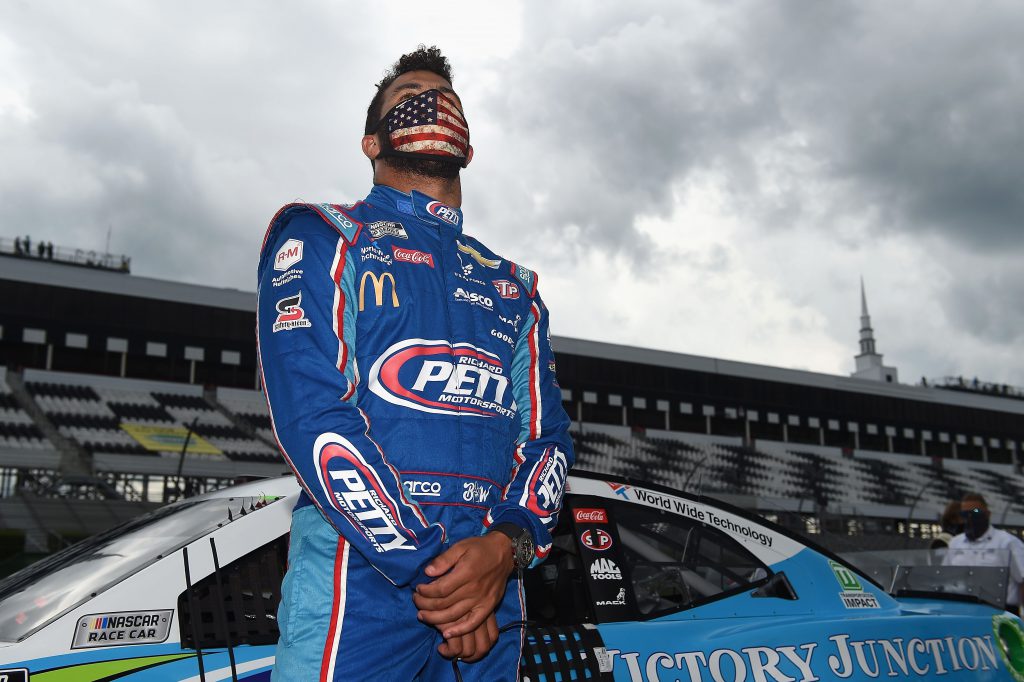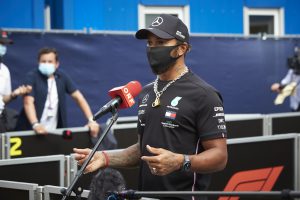Up Next

While Formula 1 is back on track after an Austrian Grand Prix that began with a show of support against racism, some may fear that taking on a major social activism campaign is a risky potential distraction for competitors when trying to focus on a championship campaign.
But there’s one driver showing that you can fight for equality and perform at a career-best level.
It was hard not to be impressed by F1’s stand against racism last weekend. All drivers wore t-shirts with the message ‘end racism’, and while some criticised the ‘some kneeling, some not’ policy, that’s been the same across other sports – including NASCAR which has been hailed for its motorsport leading stance on anti-racism.
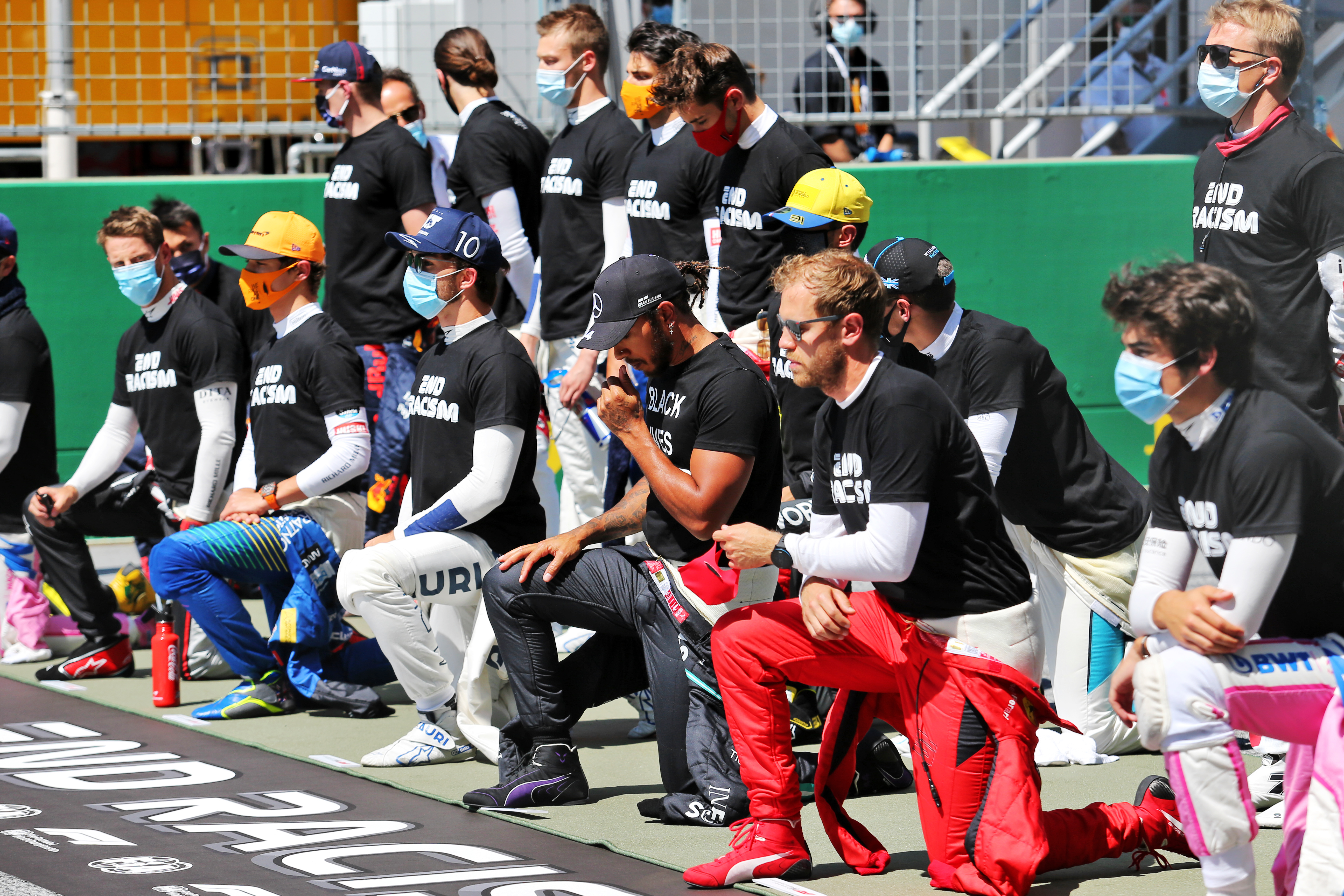
Of course, ideally all the drivers would have done the same thing. But some elected not to kneel as they felt it risked coming across as disrespectful in some countries where it is deemed offensive – a stance Lewis Hamilton accepted.
F1’s showing was praised by NASCAR driver Bubba Wallace – the driver whose on-track performances in 2020 prove that other elite competitors need not fear a hangover or loss of focus on competition from campaigning social issues.
Whether F1 drivers will continue campaigning once the season is fully in its swing is a question yet to be answered.
In the past, sportspeople have been quick to put issues outside of competition aside.
After all, these are elite competitors. To compete at that level, they have to be fully focused and that can be all-consuming.
There is an inherent fear that losing focus or taking your eye off the ball can lead to poorer performance.
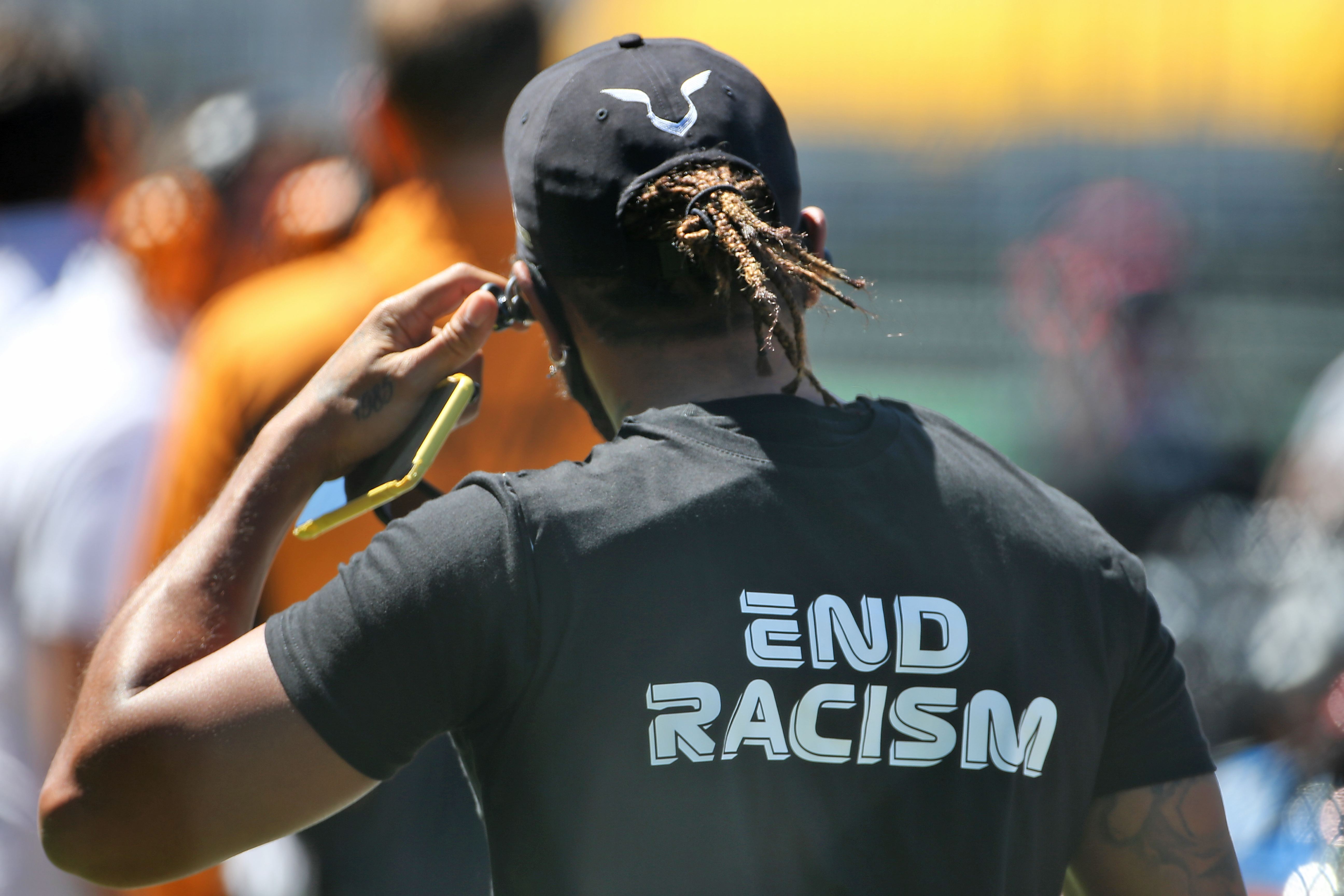
Hamilton has become a master at avoiding this, able to engage in music and fashion endeavours while constantly proving he is able to do this as well as being the best at his main craft in the world.
But will other drivers feel the same? Especially drivers who are at different stages of their careers? No other driver has the kind of clout Hamilton has, lobbying companies like his partner Tommy Hilfiger to change the fabrics it uses to be more sustainable for example. That’s the kind of power unique to Hamilton.
For those who aren’t Hamilton, Wallace is perhaps the only person who can provide precedent in terms of showing how you can balance social activism with not just sustained, but increased, performance.
One reason Wallace has been commended by the likes of Basketball star Lebron James is that no other major sports are happening right now in the US. Wallace is front of stage.
It’s not come without its problems. After the Martinsville race last month Wallace appeared to faint in a live TV interview, and he has repeatedly discussed the mental toll his campaigning and constant TV appearances have taken.
This is an elite sportsperson we’re talking about. You wonder how an F1 driver would cope with weeks of interviews three or four times a day amid fighting off social media racists, a combative president, and trying to train for the most difficult conditions.
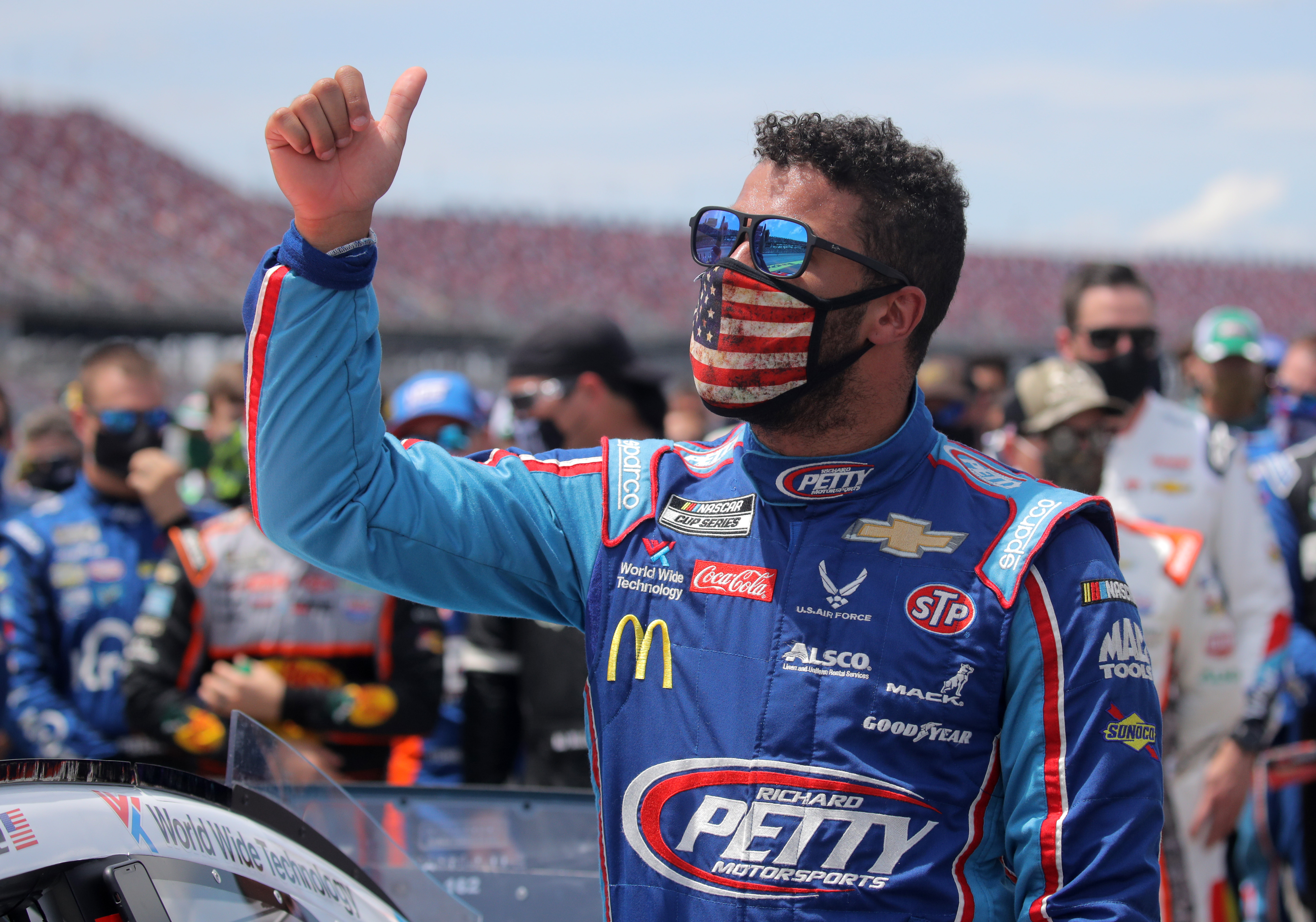
That’s in the context of, over that period, NASCAR competing twice a week, in intense heat. Just taking on enough water to compete has been a challenge for the drivers who have been able to spend their off-days recovering, unlike Wallace who has been 24/7 with media.
However, F1 drivers should look at Wallace and feel buoyed. While it’s much more strenuous to drive an F1 car in terms of sheer physical exertion over a lap, they are in the car for less time over a race than NASCAR, and the heat involved in stock car racing is much higher. Also, they aren’t dealing with the media attention Wallace now has to.
Most importantly here, Wallace is shaping up to have one of his better seasons.
The Richard Petty Motorsports driver has a career average finish of 22 in Cup prior to this year, and in 2019, he scored just one top 10 finish in 36 attempts.
However, in 2020 he’s bagged three top 10s in 16 races, and has been in contention for better results at other places including Talladega, where he ran out of fuel having earlier led a lap. The team – which has long struggled – is trending upwards.
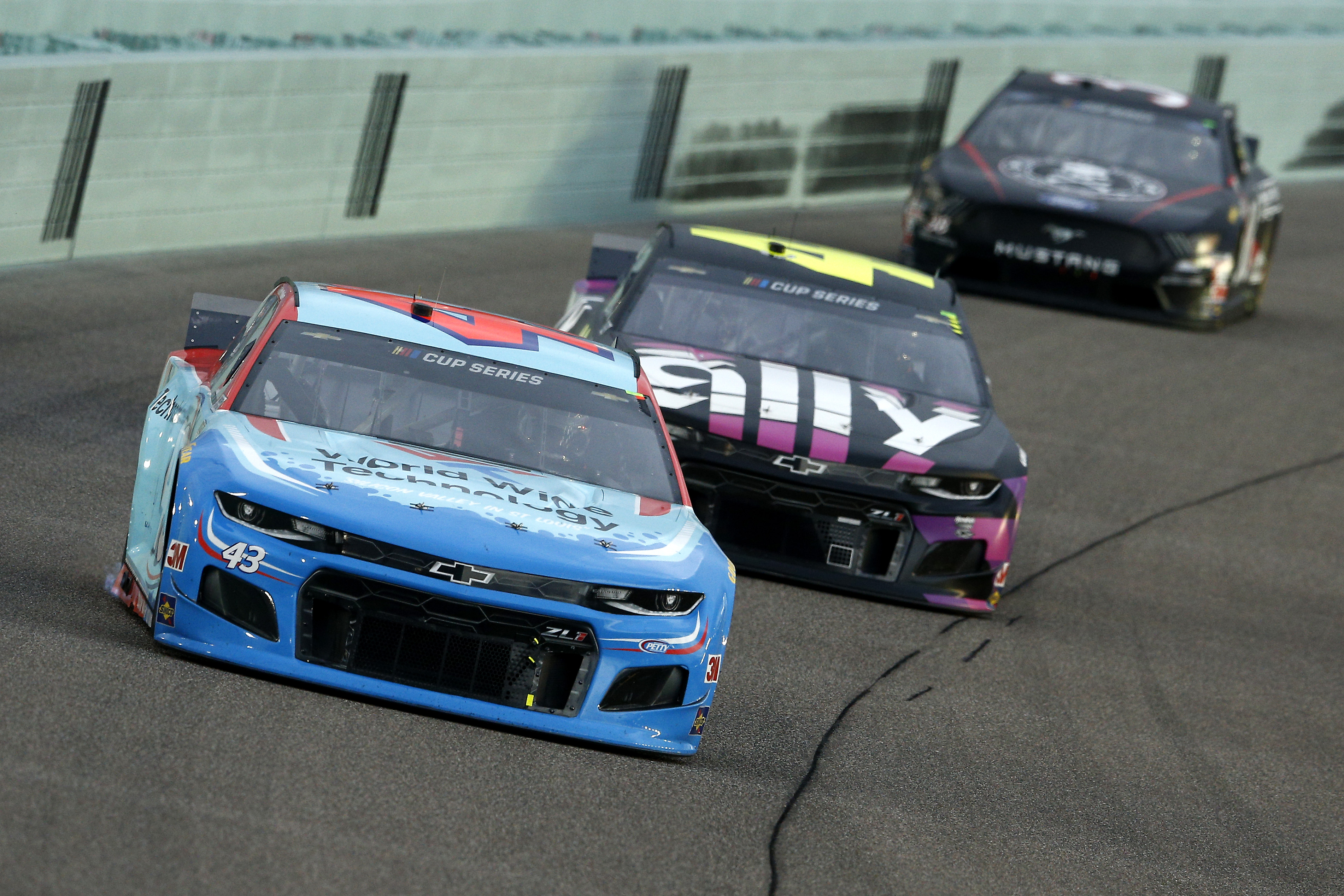
The competitiveness for this season is down to a number of factors. The revised Chevrolet body has made the manufacturer more competitive generally, while changing Wallace’s crew chief to Jerry Baxter – who Wallace worked with in the Truck Series – is the latest in the team’s policy of making small but significant improvements since Wallace took over the car full-time in 2018.
Whatever the causes, there’s no doubt that Wallace is performing at a higher level in 2020, and that’s amid the strain of the campaigning he is doing.
For any F1 driver or any racer in any other championship, Wallace is proof that you can improve performance even while taking on wider causes – and it’s hard to imagine any other driver in motorsport who decides to get involved in social activism having to campaign as much as Wallace has. You just need the support of your team and sponsors to do so, which Wallace has had in abundance.
While not kneeling ahead of the race is acceptable in certain circumstances, not doing anything to educate yourself and do more to help inclusion and equality is not. Everyone in society has a role to play, and drivers with a media profile have even more of a requirement to speak up and help providing they take time to educate themselves.
As Wallace is proving, having a voice needn’t get in the way of being competitive.


